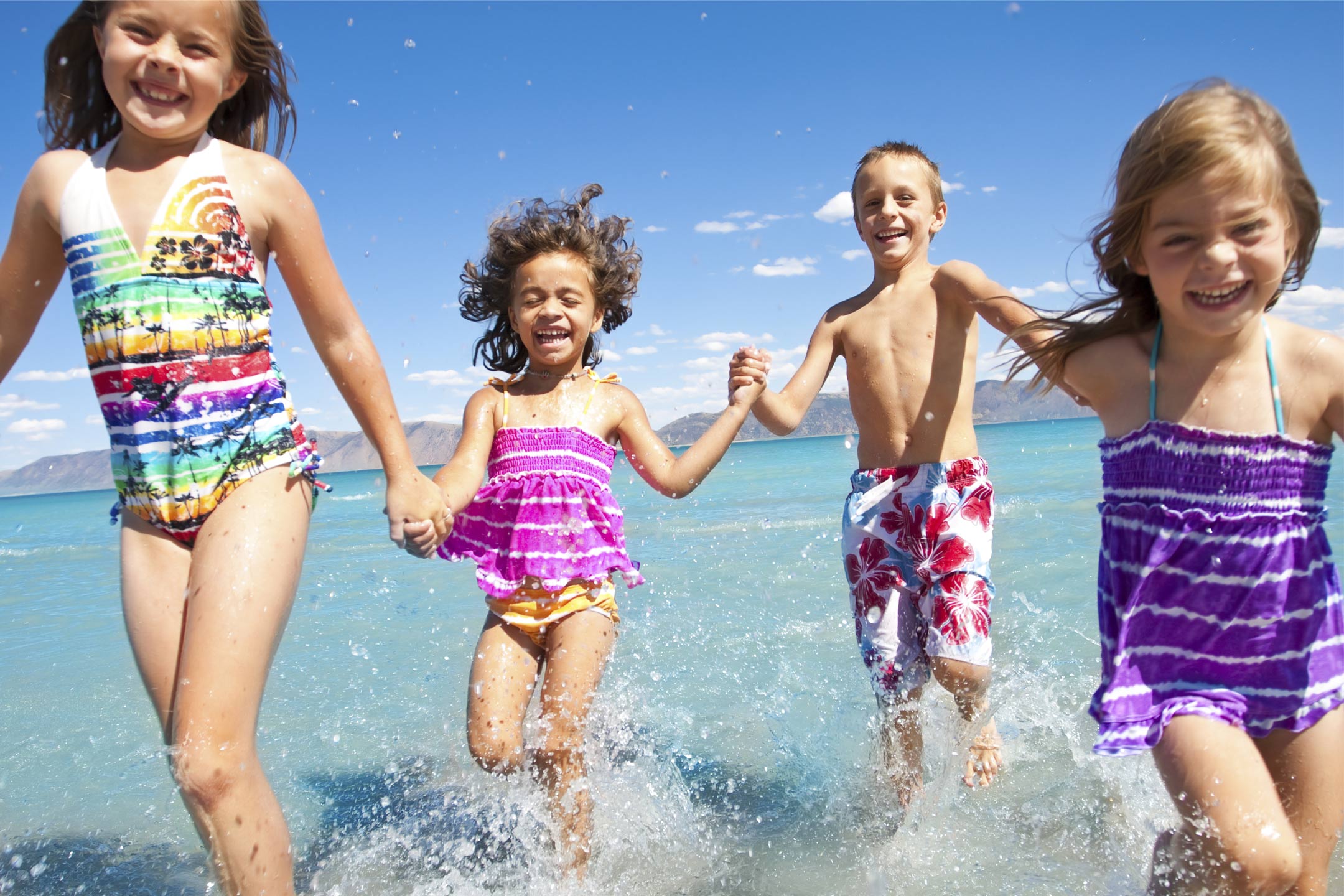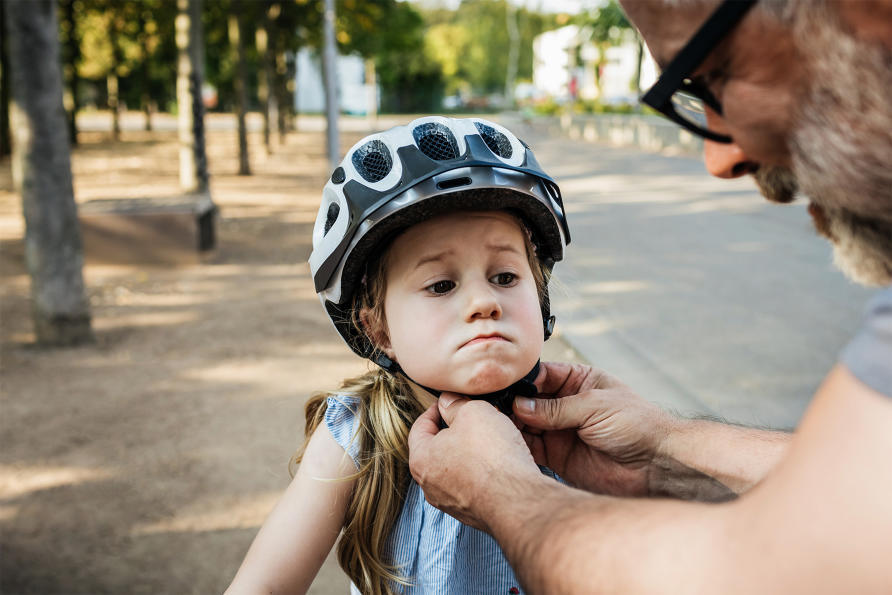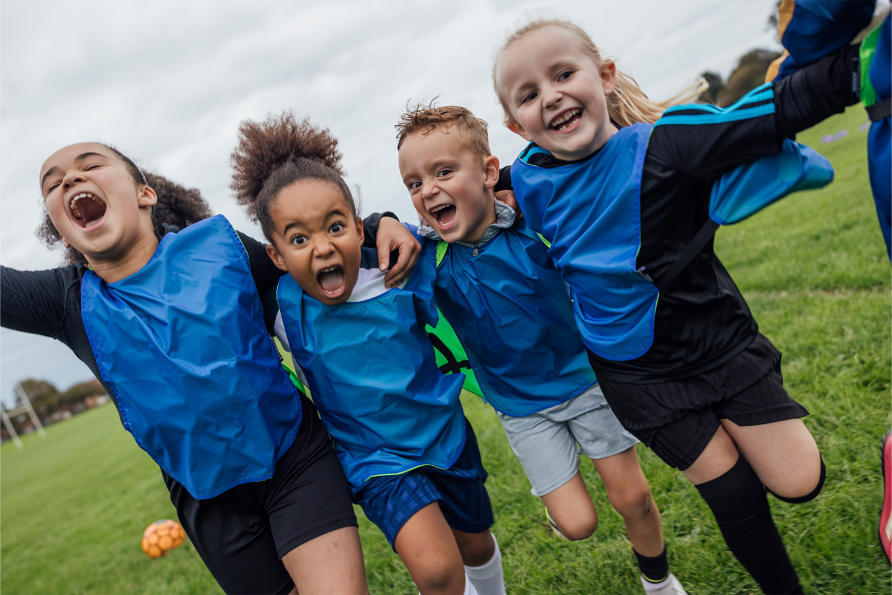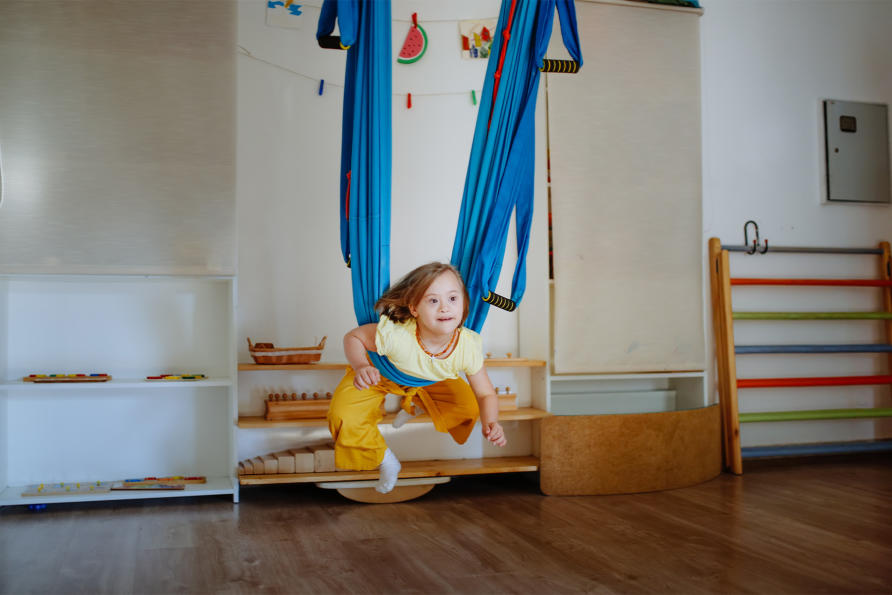
12 Feb 7 tips you can use to get your children active
When it’s difficult to engage children in sports or active play, here are some ideas to help get kids moving, whatever their ability.
“Come on, let’s go!” It’s a scenario that many parents have experienced – armed with enthusiasm and a sales pitch, you attempt to convince your child to swap the comfy couch and stimulating screen for physical activity.
Whether that’s steering kids out the door to basketball training or convincing them to jump on the bikes that have been gathering dust in the garage – as a busy parent, it can sometimes feel like one battle too many.

However, helping kids find joy in movement is important and can lead to a life-long love of physical activity.
There are many benefits of a physically active lifestyle in childhood, including strong bones, better fitness and opportunities to develop social skills.
The Australian 24-hour Movement Guidelines for children and young people (aged 5-17 years) say kids should participate in at least 60 minutes of moderate-vigorous physical activity every day, and activities that strengthen muscle and bone should be included in these 60 minutes at least 3 days per week.
Moderate to vigorous physical activity and activities which strengthen muscle and bone often look different for kids than adults, and may include riding a scooter, climbing or swinging on monkey bars.
Physical activities generally fall into two main categories: unstructured and structured.
Unstructured activities (often called free play or leisure play) do not have a clear objective or focus and are often initiated by the children themselves. They include playing in the playground, riding a bike or kicking a ball. Parents can facilitate this by allowing time and opportunity in what may be a busy family schedule.
Structured activities typically have a specific objective, with clear rules and direction for engagement provided by a coach or other leader. Structured physical activities may be competitive (such as cricket or gymnastics), performative (such as circus or dance), team or group-based (such as netball), or individually oriented (such as athletics).
Participation in both unstructured and structured activities is important for children’s development.

When finding ways to support kids to participate in physical activity, there is no ‘one size fits all’ approach. But research supports the obvious conclusion – what kids value most is having fun!
Here are seven tips you can use to get your children active.
- Bring a friend! Research shows social support can help kids (and adults!) get active.
- Use active transport. Encourage your child to bike, scoot or walk to places in the local area. Or venture further afield and try a family hike.
- Be a role model! Kids learn from the adults in their lives. Do your best to fit some physical activity into your day, and talk to your children about why you make time to be physically active.
- Think outside the box. Not everyone wants to play a sport, and that is OK! Activities such as dance, circus or theatre may work for kids who enjoy creative activities. Organisations like Scouts or Guides include physical activity without a focus on competition.
- Physical activity does not have to be structured. Spending time playing at the park, playground or the beach can be great ways to get outdoors and get moving.
- Make habits. Once you have found physical activities that your kid enjoys, try and find ways to fit them into the family routine.
- Don’t aim for perfect. You don’t need to develop the ideal physical activity routine for your child overnight. It will likely take time to figure out which activities your child enjoys the most and how to fit them into your life. And remember – any physical activity is always better than none (that 5-minute walk to the shops counts!).

What about children with differing abilities? Many of the above strategies apply to all kids, but we know from our research that additional factors can help support children and young people with disability to enjoy sports.
Gymnastics is one of the most popular sports for children in Australia. In partnership with Gymnastics Victoria, our research found that programs and clubs that are explicitly inclusive of young people with disability help families begin and continue participation in this activity.
Look for information about inclusion for all abilities on sports clubs’ websites and ask staff about how they tailor programs to all kids when enrolling.
Families have also told us that as well as fun, recognition and achievement can support ongoing participation for children of all abilities. Celebrate all the wins – from showing up to learning a new skill, not just success at competitions.
We’ve also found that the choice of sport is important for young people with disability. Young people have told us that they want sports to be tailored to their needs and they want to be treated as genuine competitors, teammates or opponents.
So, come on – let’s go!
Celebrate whatever your child’s skills, abilities or interests might be and consider trying a variety of sports or unstructured physical activities. With the right opportunities, your child may stick with those they enjoy, in environments where they are supported to achieve their best.
Written by researchers: Dr Free Coulston, Dr Kate Cameron, Dr Rachel Toovey, Dr Tandy Hastings-Ison and Dr Tara FitzGerald
Melbourne School of Health Sciences, Faculty of Medicine, Dentistry and Health Sciences, University of Melbourne
This article was first published on Pursuit. Read the original article

